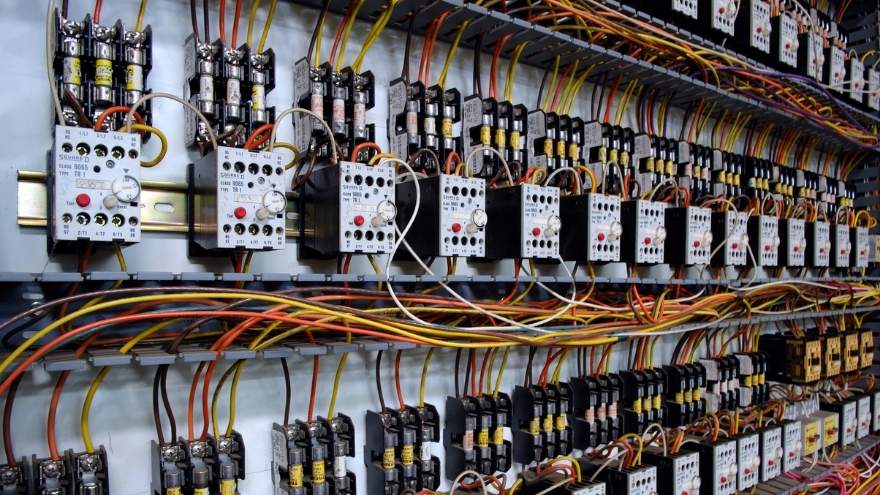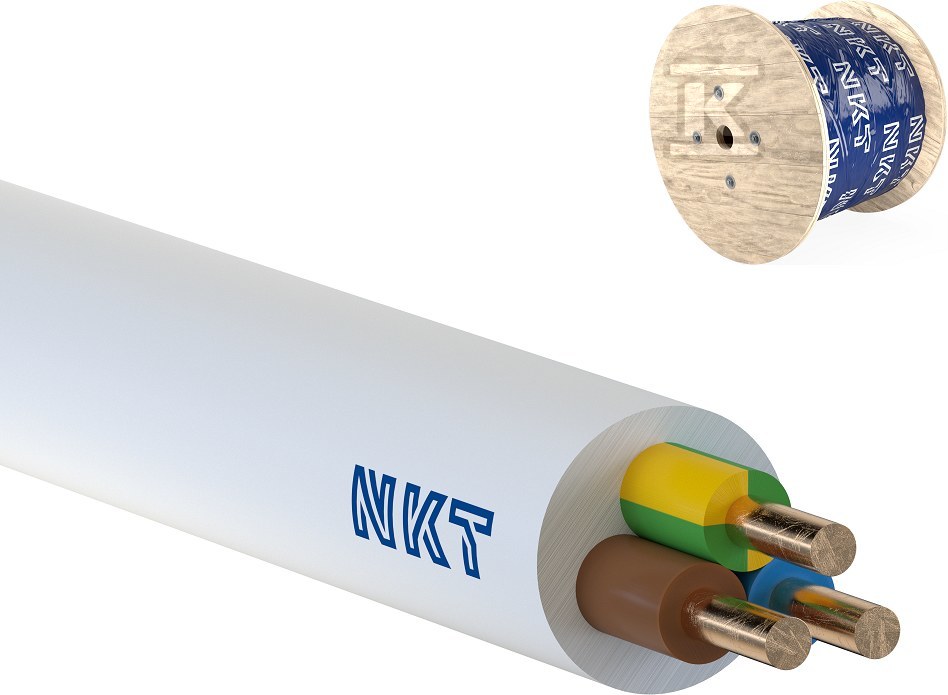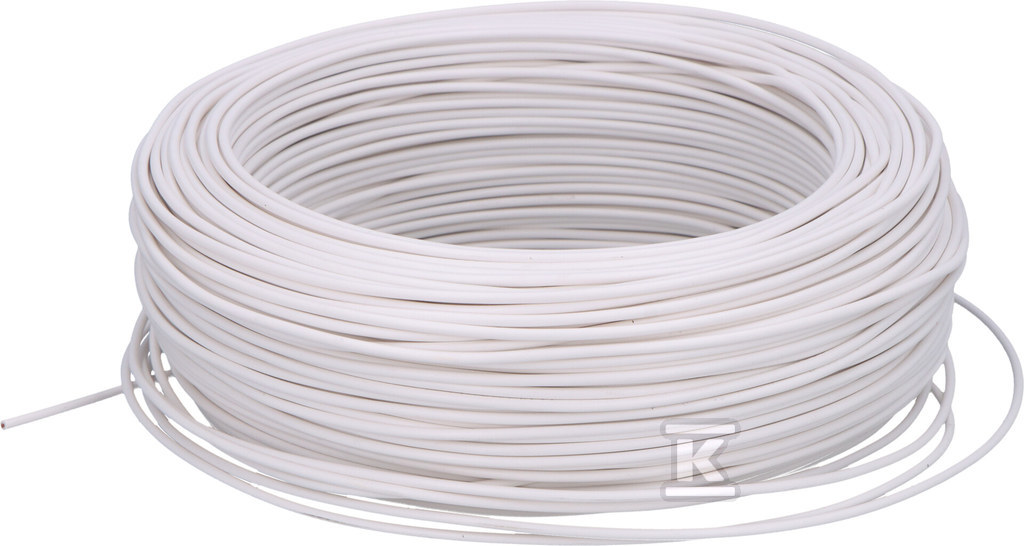When designing an electrical installation, it is extremely important to select the right cables and wires that can handle long-term current loads. This has a direct impact on the safe and efficient operation of the entire installation. In order for the long-term current capacity of the wires not to be too intense, appropriate calculations must be performed. This will help avoid problems and minimize the risk of failure, which can be caused by overheating of the wires. In this guide, we will present the most important principles and methods that help in precisely determining the current parameters for installations with various receivers. We will also discuss calculations related to the load current, power demand and determining the rated current. We invite you to read!

Check cables and wires at the Onninen wholesaler
How to calculate expected load current?
Too much load is lethal for the installation, therefore the current-carrying capacity of the wires should be calculated accordingly. On this basis, we will match the appropriate elements of the installation, which refers especially to the cross-section of wires and cables. By long-term current-carrying capacity we mean too much current flowing through the wires.
 We must therefore determine how large the current will appear - whether it will be within the norm or exceed it, which may lead to short-circuit situations. This process requires summing the power factor of all electrical receivers powered by a given installation. Next, divide the obtained value by the system's operating voltage. This way we will obtain the value of the load current in amps (A).
We must therefore determine how large the current will appear - whether it will be within the norm or exceed it, which may lead to short-circuit situations. This process requires summing the power factor of all electrical receivers powered by a given installation. Next, divide the obtained value by the system's operating voltage. This way we will obtain the value of the load current in amps (A).
We also need to consider several important factors, especially the simultaneity factor. This tells us how many devices will work at the same time. We also need to determine a safety margin, which will allow for greater flexibility in the use of the installation.
Let's remember this, because an incorrect wire cross-section matched to the load current can lead to overheating of the wires, which increases the risk of failure or even fire. The thermal effect of overload currents can therefore be very dangerous!
Calculating the power requirement for a nonlinear receiver
Another important issue is undoubtedly the calculation of the power demand for nonlinear receivers. This requires special attention, primarily due to the specificity of these devices. Nonlinear receivers are, for example, computers or LED lighting. Their specificity is that they do not draw current continuously and proportionally to the voltage. This can lead to current and voltage distortions in the network.
 To prevent this, the power requirement must be determined. So we take into account the power factor (cos φ), remembering that in the context of non-linear receivers it can be low - much less than 1. To calculate the real power (kW), we must divide the apparent power (kVA) by the power factor. In order to avoid problems related to excessive load on the wires, let's take into account the installation wires .
To prevent this, the power requirement must be determined. So we take into account the power factor (cos φ), remembering that in the context of non-linear receivers it can be low - much less than 1. To calculate the real power (kW), we must divide the apparent power (kVA) by the power factor. In order to avoid problems related to excessive load on the wires, let's take into account the installation wires .
Their proper oversizing is important. The use of reactive power compensation devices is also important. You can also think about installing harmonic filters that minimize the impact of distortions on the network.
Basic rules for determining the rated current
There is one more issue regarding determining the rated current. This is a key stage in selecting cables and electrical installation protection. The rated current (referred to as ln) is the maximum value of current with which cables and wires , electrical devices or other installation elements are able to conduct current without the risk of damage.
 The most important thing is to match the rated current to the electrical load of the installation. This load results from the power of the connected receivers. However, calculations are based not only on the power of the devices, but also on the voltage at which they operate. At the same time, environmental conditions must be taken into account, especially the ambient temperature. It can affect the ability of the cables to conduct current. If the temperature is higher, overloads can occur, so the cables should be appropriately oversized.
The most important thing is to match the rated current to the electrical load of the installation. This load results from the power of the connected receivers. However, calculations are based not only on the power of the devices, but also on the voltage at which they operate. At the same time, environmental conditions must be taken into account, especially the ambient temperature. It can affect the ability of the cables to conduct current. If the temperature is higher, overloads can occur, so the cables should be appropriately oversized.
The simultaneity factor is equally important, as is the way the cables are laid. The question is whether they will be run in cable ducts, for example as power cables , or in the open air. This affects their ability to dissipate heat.
As we can see, the issue of selecting cables and wires for long-term current loads is absolutely crucial. We hope that the guide we have prepared has clarified this topic.